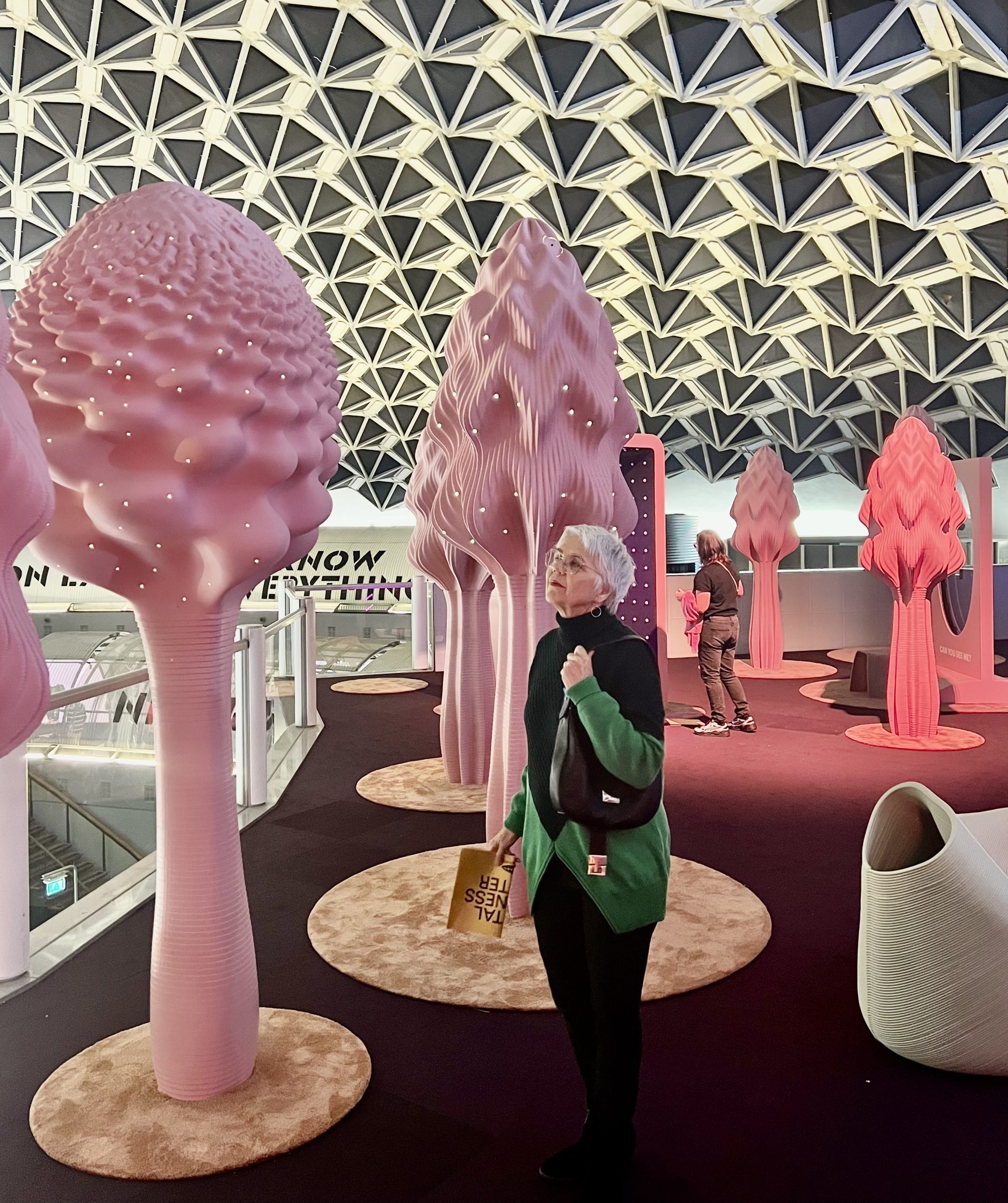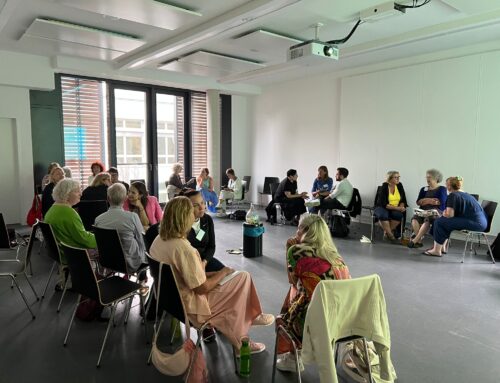Digital Wellbeing and Fractal Thinking: A Journey Through the Fractal Forest
This weekend, I had the opportunity to visit the fractal forest at the Digital Wellness Center in Eindhoven, Netherlands—an immersive space designed by mathematician and Next Nature fellow Jules Ruis.
The experience left me reflecting deeply on digital wellbeing and fractal thinking, a topic that is more relevant than ever as we navigate the opportunities and challenges of an increasingly digital world.
Disconnecting to Reconnect
Upon arrival, we were asked to lock away our smartphones—a simple yet powerful exercise that immediately highlighted our dependency on these devices.
Did you know that, on average, people check their phones 150 times a day and send around 110 messages daily?
It’s no wonder that parting with mine, even temporarily, felt slightly unsettling. This moment of discomfort served as a reminder of how deeply technology is embedded in our lives.
Stepping Into the Fractal Forest
Inside, I stepped into the Fractal Forest—a mesmerizing environment where nature’s patterns repeat endlessly.
Fractals, which appear in trees, coastlines, snowflakes, and even our own neural networks, are known to have a calming psychological effect.
The Digital Wellness Center uses these intricate, self-repeating designs to illustrate a thought-provoking premise:
Technology, when designed intentionally, can enhance rather than detract from our wellbeing.
This space evoked the same sense of peace and clarity I experience when walking through a real forest. The experience challenged the common narrative that digital spaces are inherently stressful. Instead, it offered a glimpse into how technology can be harnessed to support mental balance, focus, and overall wellbeing.
The Science Behind Fractals and Neuroplasticity
Fractal theory isn’t just about aesthetics—it has deep scientific roots. Here are some of its key principles:
- Self-Similarity– Fractals look similar at different levels of magnification (e.g., a small branch of a tree resembles the whole tree).
- Scaling and Complexity– Simple rules, when repeated, create intricate and dynamic structures.
- Recursive Processes– Many fractals are generated through repetition, just like patterns in nature and human behavior.
Interestingly, fractal structures are also present in the brain. The neural networks that support learning, adaptation, and resilience follow fractal-like patterns:
- Neural Connectivity – The branching of neurons optimizes efficiency, much like the self-similar patterns of a tree.
- Adaptive Scaling – Just as fractals repeat at different levels, the brain adapts on multiple scales, from small synaptic changes to large-scale rewiring.
- Cognitive Complexity– Brainwave activity exhibits fractal dynamics, linking self-similarity to cognition, learning, and problem-solving.
- Resilience and Recovery– Fractal networks allow for flexibility, an essential trait for neuroplasticity, healing, and professional growth.
Fractal Thinking in Coaching and Supervision
This visit left me reflecting on how fractal patterns appear in professional development and coaching. What if neuroplasticians and #supervisors could apply fractal thinking to how we support learning, change, and resilience in our work?
Here are a few questions I’m exploring:
- What recurring patterns emerge in coaching and supervision?
- How can small, fractal-like shifts in coaching lead to larger, transformative impacts?
- What fractal strategiescan help us navigate complexity and nonlinear growth?
By embracing the principles of self-similarity, adaptability, and emergent change, we may discover new ways to support sustainable professional growth and resilience—both for individuals and the systems we work within.
Final Thoughts
The Digital Wellness Center in Eindhoven offers a compelling vision: rather than rejecting technology, we can design digital experiences that align with our mental and emotional wellbeing. Fractal thinking provides a fascinating framework—not just for understanding the natural world but also for reimagining the way we work, learn, and grow.
What patterns have you noticed in your own professional development? I’d love to hear your thoughts!
www.attune.nl ; www.ionforum.com





